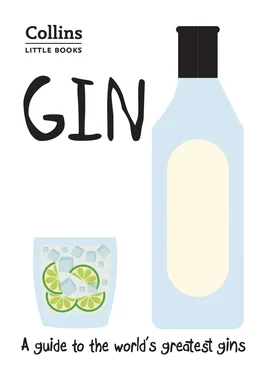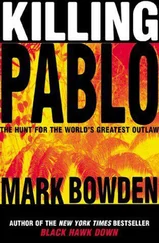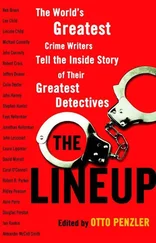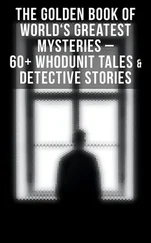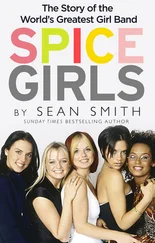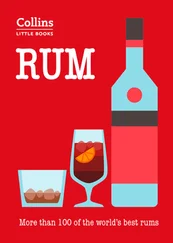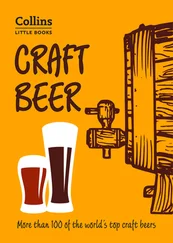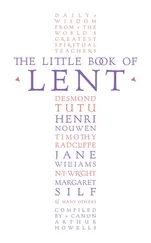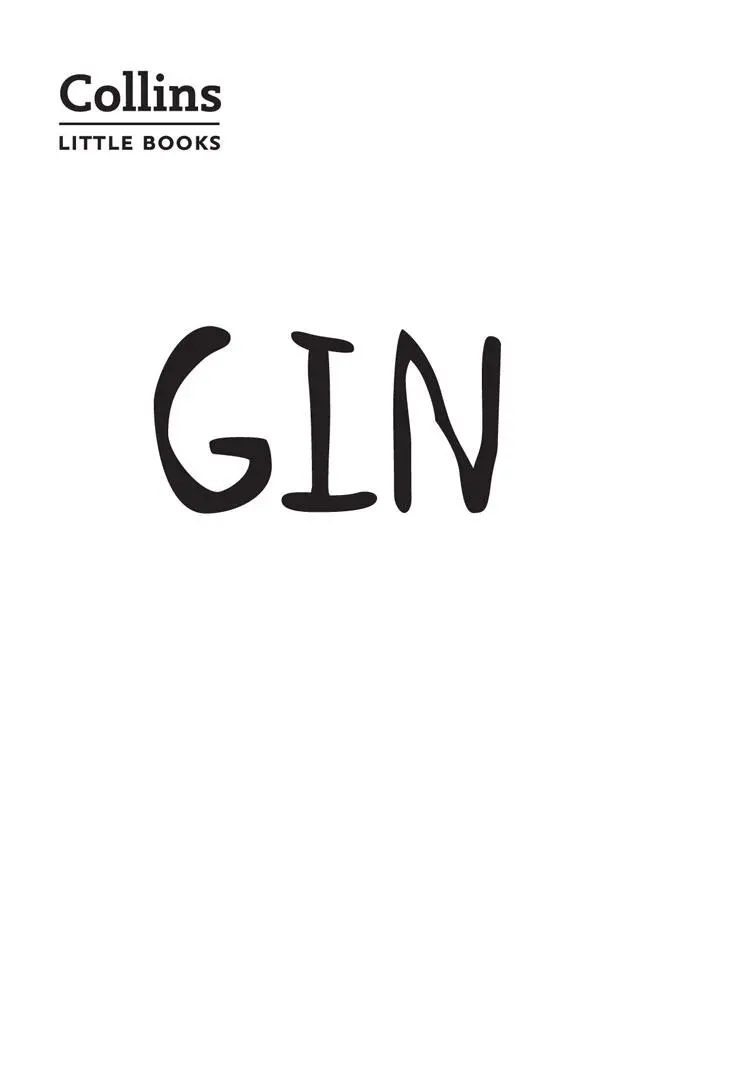
Copyright
HarperCollins Publishers
Westerhill Road
Bishopbriggs
Glasgow
G64 2QT
First Edition 2017
© HarperCollins Publishers 2017
eBook Edition © July 2017 ISBN 9780008265168
Version: 2017-07-03
Collins® is a registered trademark of HarperCollins Publishers Limited
www.collins.co.uk
A catalogue record for this book is available from the British Library
Author: Dominic Roskrow
All rights reserved under International and Pan-American Copyright Conventions. By payment of the required fees, you have been granted the non-exclusive, non-transferable right to access and read the text of this e-book on screen. No part of this text may be reproduced, transmitted, downloaded, decompiled, reverse engineered, or stored in or introduced into any information storage and retrieval system, in any form or by any means, whether electronic or mechanical, now known or hereafter invented, without the express written permission of HarperCollins.
HarperCollins does not warrant that www.collins.co.ukor any other website mentioned in this title will be provided uninterrupted, that any website will be error-free, that defects will be corrected, or that the website or the server that makes it available are free of viruses or bugs. For full terms and conditions please refer to the site terms provided on the website.
Contents
Cover
Title Page
Copyright
Introduction
What is gin and how is it made?
What this book covers
Gin-related spirits: genever
Gin-related spirits: Old Tom
Gin-related spirits: Aged gins
Gin-related spirits: Flavoured gins
A – Z of gins
6 O’clock
60 Squared
Adnams Copper House
Anno Kent Dry Gin
Aviation American Gin
Barr Hill Gin
Beefeater 24
Berkeley Square
Black Shuck
Blackwater No.5 Gin
Blackwoods Vintage Dry Gin
Bloom
Boë
Bombay Dry Gin
Bombay Sapphire
Broker’s Gin
Cadenhead’s Classic
Cambridge Dry Gin
Caorunn
Citadelle
City of London Gin
Cold River
Conncullin Gin
Cotswolds Dry Gin
Dà Mhìle Seaweed Gin
Daffy’s Gin
Darnley’s View Spiced Gin
Death’s Door
Dingle Gin
Dodd’s Kew Organic Gin
Dorothy Parker
Drumshanbo Gunpowder Gin
Dutch Courage Dry Gin
East India Company London Dry Gin
East London Liquor Premium Gin Batch No 1
Eden Mill Love Gin
Edinburgh Gin
Fifty Pounds Gin
Filliers Dry Gin Tangerine
Finsbury Platinum
Flemish OriGIN
Fords
G’Vine Floraison
Gilpin’s
Gin Mare
Ginerosity
Glendalough Wild Botanical Gin
Gordon’s Export
Greenall’s Original
Hayman’s Royal Dock
Hendrick’s
Hernö
Hibernation
HMS Victory Navy Strength
Hoxton
Inverroche Classic
Japanese Gin
Jensen’s Bermondsey Gin
Junipero Gin
Ki No Bi Gin
Kirsty’s Gin
Langton’s No 1
Listoke 1777
Liverpool Gin
London Hill
Makar Glasgow Gin
Martin Miller’s Westbourne Strength
Mascaró Gin 9
Mombasa Club
Monkey 47 Schwarzwald Dry Gin
No 3 Gin
Nolet’s
Old Raj
Opihr Oriental Spiced
Oxley
Pickering’s
Plymouth Gin
Pollination gin
Portobello Road No 171
Sacred
Sipsmith
St George Terroir Gin
Strathearn Heather Rose Gin
SW4
Tanqueray No TEN
Tappers Darkside Gin
Tarquin’s
Telser Liechtenstein Dry Gin
The Botanist
The London No 1
Two Birds Gin
Van Wees Three Corner Dry Gin
Vidda Tørr Gin
Warner Edwards Harrington Dry Gin
Whitley Neill
Whittaker’s Navy Strength Gin
Wight Mermaids Gin
Wild Island Botanic Gin
Williams Elegant Crisp Gin
Worship Street Whistling Shop Cream Gin
Index
Picture Credits
About the Author
About the Publisher
Introduction
In one form or other gin has been with us for more than 600 years. It has been subject to wild swings of fortune, to gigantic ebbs and flows in popularity, and been courted and rejected by prince and pauper alike. In its many guises it has served as a medicine to the affluent, a tonic to the troops, and an elixir to the wretched rabble that populated the violent streets of London. Today it is enjoying a worldwide revival and has achieved a status as the very epitome of quality craft distilling.
Gin’s roots lie in Europe, quite possibly in Italy but most definitely in the Netherlands, where it was distilled for medicine, and juniper was first used to hide the taste of the naked spirit. It was given to British troops fighting in the Thirty Years War – Dutch courage – and it may be that returning troops brought it back, increasing its popularity, though a limited amount of distillation had already started in England by this time.
The better made ‘Dutch’ version of the spirit was enjoyed by the aristocracy, and a poorer, cheaper spirit became popular with the poor. When Dutch King William of Orange ascended the throne, he encouraged distillation and there may have been some patriotic consumption too. By 1730 there were more than 7000 shops in London selling nothing but spirits.
But gin had started to become a problem. Attempts to restrict widespread drunkenness and violence by making gin prohibitively expensive backfired spectacularly, prompting rioting and a surge in illicit distilling. Few official licences were taken out, but production in London reached a staggering 11,000,000 gallons.
By this time further licensing reforms meant that beer shops had sprung up across the country. To compete, gin distillers opened large gin palaces – imposing and relatively stylish places. But gin was about to undergo another sea change. The invention of the column still meant that the quality of gin in general rose, and a specific style of gin came into existence: London Dry Gin.
Gin became popular with the middle classes, and when the Empire spread out to India, its transformation was completed when it was discovered that quinine was a deterrent to malaria-carrying mosquitoes – and the perfect way to hide its bitter taste was to mix it with carbonated water and add it to gin, creating the gin and tonic.
By the twentieth century, though, it seemed gin’s best days were behind it. The spirit faced a two-pronged identity crisis. On the one hand, its debauched and negative reputation proved remarkably enduring – ‘gin-soaked’ and ‘mother’s ruin’ are not extinct even now. And on the other, the gin and tonic gained a reputation associated with the worse type of Englishman – and it did tend to be men – those associated with the closed-shop world of the golf club and sports bar, and the pre-drinks ritual when dining out.
Gin’s fortunes were revived in the 1970s, when cocktails became popular and drinks makers discovered recipes where gin was a key ingredient. Perhaps, then, we shouldn’t have been surprised by the surge in popularity in gin when a new generation of bartenders – now calling themselves mixologists – turned to provenance and history to create creative and exciting new cocktails. Nonetheless, today’s gin boom is unprecedented. A perfect wave of a thriving cocktail culture, a desire to drink less but better, a trend towards heritage and authenticity, and a worldwide passion for micro and craft distilling has meant the emergence of hundreds of new gins.
Читать дальше
